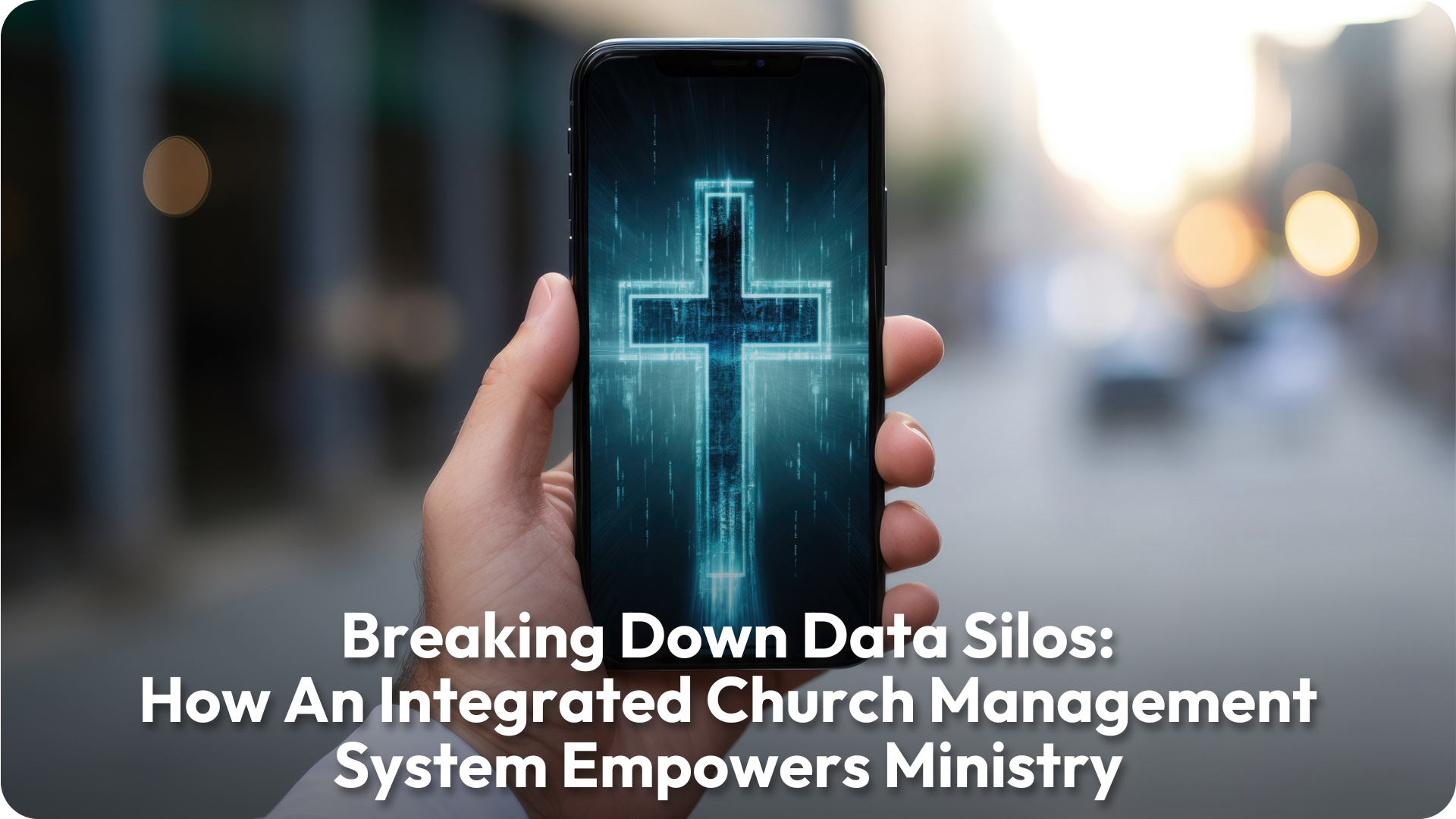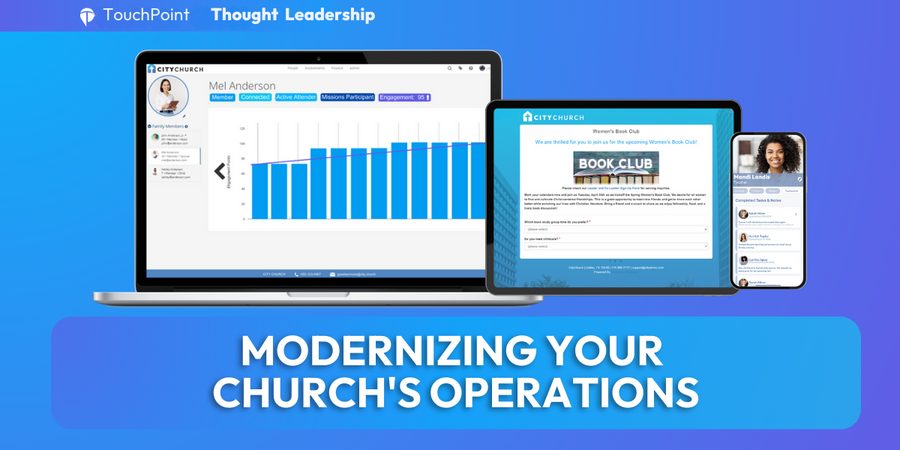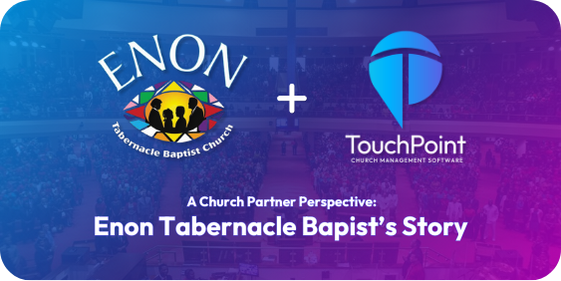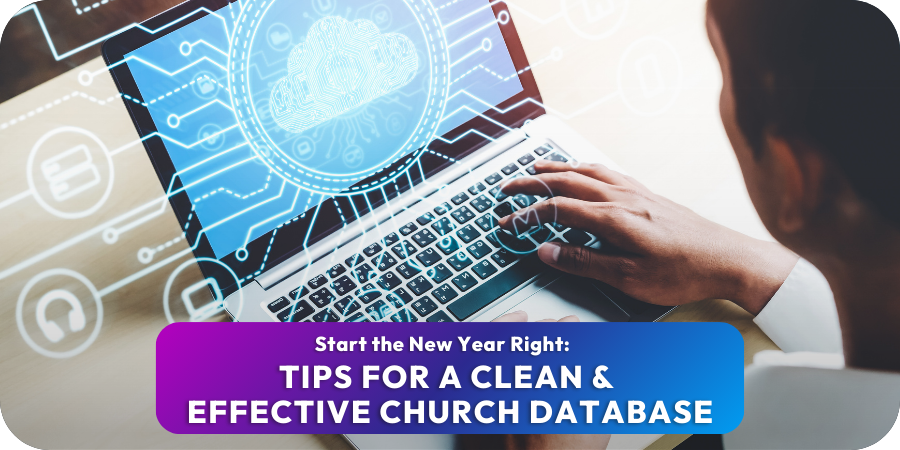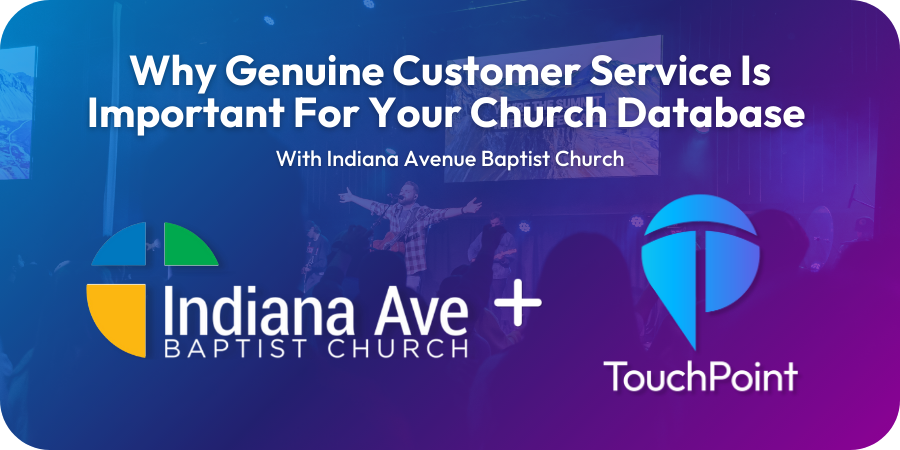In ministry, every person matters. And in a large church, keeping track of every person and their journey can feel overwhelming—unless your tools are working for you, not against you. That’s where an integrated church management system (ChMS) plays a pivotal role. But if your system is fragmented or your data lives in multiple places, your ministry could be missing out on transformational insights.
What Are Data Silos In Ministry?

Silos are useful on farms. They store grain in neat, separated spaces. But when it comes to church data, silos are a liability.
While most of us may be familiar with the term “data silo” or have at least heard our team taking about it, it may be helpful for a quick refresher:
A data silo happens when information is isolated in separate systems or departments. Each ministry team might have their own tools and processes—one team’s tracking volunteers with spreadsheets, while another manages communication in a separate app. While each solution might meet a local need, the church as a whole ends up with incomplete, disconnected data. This problem is only made worse when each software program is utilized differently by each team. Expectations on what data needs to be entered, how much training staff needs on each program, and how that information is then relayed to key leadership can become fuzzy over time.
In today’s ministry landscape, having quick and centralized access to data isn’t just convenient—it’s critical. It allows you to:
- Track Congregational Engagement In Real Time
- Understand Personal Spiritual Journeys
- Respond Quickly To Needs And Opportunities
- Strengthen Connections Across Ministries
Your data is one of your greatest listening tools. But only if it’s integrated.
How Data Silos Disrupt Church Operations
Let’s illustrate further the challenges data silos present. Here’s a real-life example from a church we recently talked to:
The Request: A church wanted to use their data to find the correlation between attendance/serving and how it directly affects their giving.
The Problem: The church has to find and compile that data from 3 different areas. Their Finance team is using one software/giving platform, their serve team is using another one, and their groups pastor is using yet a third one. Not ideal for processing information.
The Solution: Implementing an all-in-one software solution that houses all ministry data to better evaluate trends and make decisions.
Now for some churches there’s a possibility that 1 of the 3 software companies being utilized has an all-in-one solution, and the church staff just needs to make a commitment to use the same system. That’s not always the case though. There’s a reason that churches use multiple systems; it may be tolerable at first, but the larger a church gets, the more important it is to have a centralized church management system.
Helping Churches Stay Personal
From 700 to 7,000 & Beyond—We Grow With Your Ministry

The Hidden Costs Of Fragmented Church Data
Even the best intentions can fall short when your tools don’t work together. Here are three hidden costs of working with a disjointed or underperforming church management system.
1. Messy And Outdated Records
Take a moment to think about your current church data:
Is it organized? Updated? Easy to find?
Ministry is beautifully messy—we work with people, after all. But your data doesn’t have to be. Unfortunately, many churches are dealing with databases that are outdated, fragmented, and frustrating. Member records may be duplicated across tools, or worse, neglected altogether because the system is too clunky to use.
A good ChMS should bring clarity, not confusion. It should help you clean up messy data, not contribute to it.

2. Paying For Multiple Tools
When your main ChMS doesn’t meet your ministry’s needs, departments often go rogue—purchasing separate apps for volunteer management, communication, check-in, or giving. It’s an understandable workaround, but it introduces two big problems:
- Hidden Costs: Each department tool likely comes with its own subscription, adding up to a significant expense.
- Data Disconnection: These tools rarely integrate. Your people’s data becomes scattered, meaning you don’t get the full picture of their engagement or journey.
In the long run, this patchwork approach is more expensive and less effective. Data silos contribute to wasted time and dollars and can be consolidated.
3. An Incomplete Ministry Picture
When your data is incomplete or outdated, you lose the ability to see patterns, trends, and opportunities.
- Are families attending consistently?
- Who is stepping up to serve—or stepping away?
- Which events are creating the most connection?
If your leadership team can’t answer these questions confidently, your ChMS isn’t doing its job. Without complete, up-to-date data, you miss chances to deepen discipleship and create meaningful ministry moments. If you want an opportunity to close the back door and reach out to people who are disconnecting, your ChMS should aid you in identifying who to reach out to and when.
The Solution: An Integrated Church Management System
A modern ChMS should be more than a glorified directory. It should be:
- A Centralized Hub For All Ministry Data: One place to manage member records, giving history, volunteer schedules, communication, and more
- An Integrated System That Strengthens Ministry Effectiveness: Your database, mobile app, and giving platform should all feed into the same system—no syncing issues, no data gaps
- An Accessible and Intuitive Tool: Your staff and volunteers can actually use it without constant frustration
If your system isn’t providing this, it’s time to re-evaluate. The cost of data silos goes far beyond dollars. It impacts your ability to listen, respond, and disciple well.

Testimony: Church At The Mill’s Journey To Integration
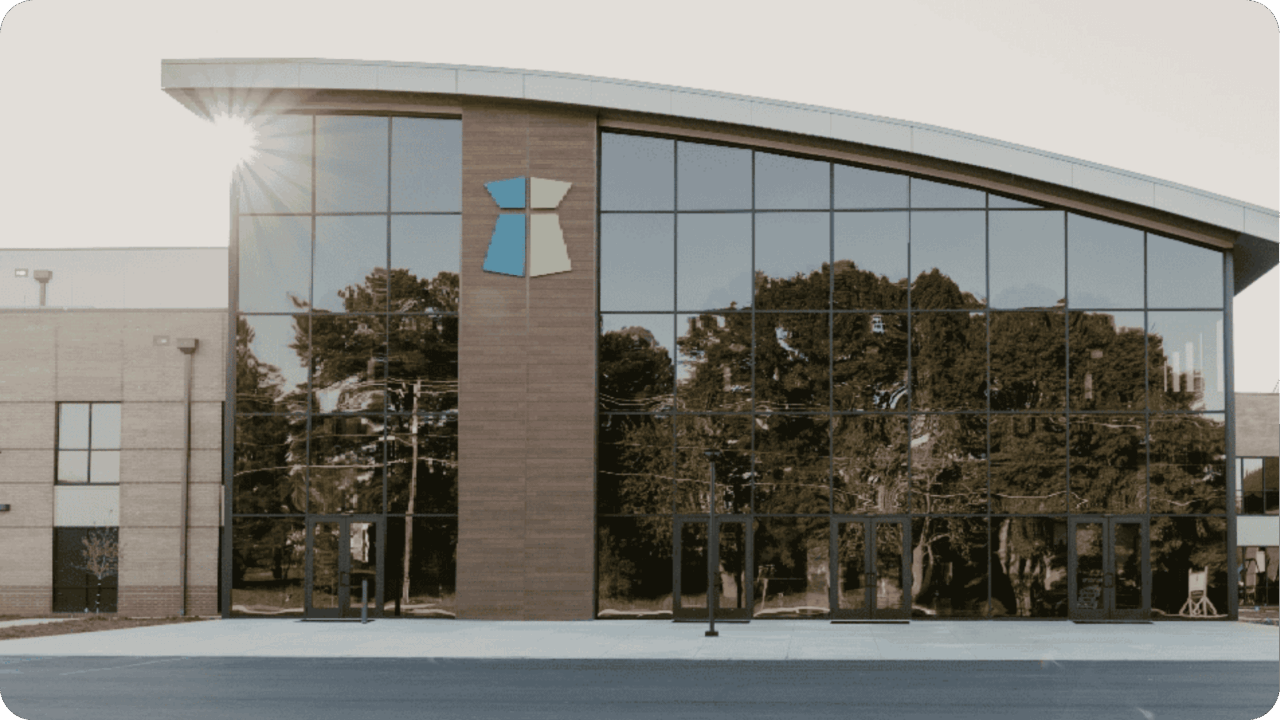
From Disconnected Systems to Unified Ministry Tools
Before implementing TouchPoint, Church At The Mill (South Carolina) was juggling numerous third-party tools including Jotform, GroupMe, Remind, Subsplash, Square, Excel, and Google Sheets. Each served a separate purpose (forms, communication, check-in, group management) but none were integrated. The result was:
- Data inaccuracies due to duplication across platforms
- Limited visibility into true congregational engagement
- Higher costs from maintaining multiple subscriptions
- Siloed ministry efforts without a holistic view of members
After consolidating these tools into the TouchPoint ecosystem, the church gained a centralized, secure, and integrated church management system for all ministry activity.
Streamlined Registration and Communication
TouchPoint eliminated the need for manual data imports and exports. Registration information is now automatically synced to the database in real time, ensuring accuracy and freeing up staff time.
Key Benefits:
- No more manual reconciliation of payments or form data
- Instant updates to member records
- Personalized follow-ups using built-in email tools
- Increased communication efficiency with automated messaging options
Smarter, Targeted Email Strategy
With TouchPoint’s integrated email functionality, Church At The Mill improved its communication in significant ways:
- Staff can segment emails based on ministries, campuses, or demographics
- Email tracking helps determine open rates and follow-up needs
- Open rates increased from ~50% to ~60%, indicating stronger engagement
- Built-in tools simplify parent-specific messaging, reducing redundancy
A Data-Driven Approach To Shepherding
One of the most transformative outcomes was how TouchPoint enhanced pastoral care:
- All involvement is measured, enabling staff to see a full picture of each person’s engagement and faith journey
- Real-time engagement insights that help identify declining participation early
- All communication touchpoints are centralized, improving collaboration across teams
- Engagement can now be trended across demographics (Kids, Students, Adults) using metrics like:
- Sunday and midweek attendance
- Small group involvement
- Serving and membership status
- Campaign-specific giving
The Heart Behind The Technology
Above all, Church At The Mill shared that their ultimate goal is to “shepherd our congregation as effectively as possible”—and having the right technology made that possible. By eliminating data silos and embracing one unified system, they were empowered to listen better, respond faster, and disciple more effectively.
Final Thoughts: Don’t Let Your Data Work Against You

You’re called to steward people, not spreadsheets. A reliable, integrated church management system empowers your church to make informed decisions, care for people holistically, and pursue your mission with clarity.
Whether your church is navigating rapid growth or simply trying to do ministry more effectively, integrated data is a key part of the solution.
Next Step: Let’s Start The Conversation
If you’re curious about how other churches are navigating this journey—or want to explore what a unified system could look like for your team—reach out and schedule a demo with the TouchPoint Team. We’d love to learn more about your ministry and share how we’re coming alongside other churches like yours.






